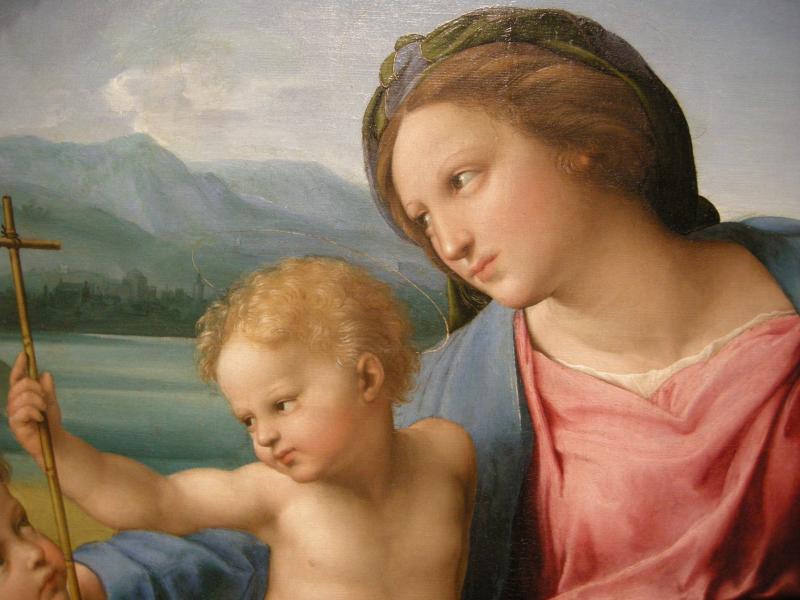Hailed as the biggest ever exhibition entirely devoted to Raphael, “Raffaello” is scheduled to open at Rome’s Scuderie del Quirinale on March 5, despite Coronavirus’ fears.
The show features more than 200 paintings and sketches by the artist from Urbino and was organized for the 2020 celebrations marking the 500th anniversary since Raphael died at the age of 37 (April 6, 1520).
It is not only the largest exhibit ever organized on Raphael, but also one where the works on display have never been gathered together before. Loans come from the Uffizi Gallery, which has collaborated to the organization of the exhibition and is sending several paintings never exhibited in Rome before, the Vatican Museums, also among the show’s partners, the Louvre, the National Gallery and the British Museum in London, the Prado museum, the National Gallery of Art in Washington, and more.
The exhibition focuses in particular on Raphael's Roman period, when he came into contact with powerful and wealthy patrons, thus obtaining prestigious commissions which paved the way for his successful artistic career. It then proceeds backwards, from Rome to Florence, from Florence to Umbria, to conclude in his native Urbino. Examining Raphael’s career in reverse chronological order is meant to show the visitor how he fully developed his unique classical style in Rome, the city that best assimilated the influence of ancient art.
Among the works on view are the famous Madonna del Granduca from the Uffizi, Santa Cecilia from the Pinacoteca in Bologna, the Madonna Alba from the National Gallery in Washington, the Self-Portrait with a friend from the Louvre, and La Velata, also from the Uffizi.
For the first time, the portraits of the two popes who commissioned the most works to Raphael will be compared in the same place: the portrait of Julius II from the National Gallery in London and the one of Leo X with the cardinals Giulio de’ Medici and Luigi de’ Rossi from the Uffizi.









